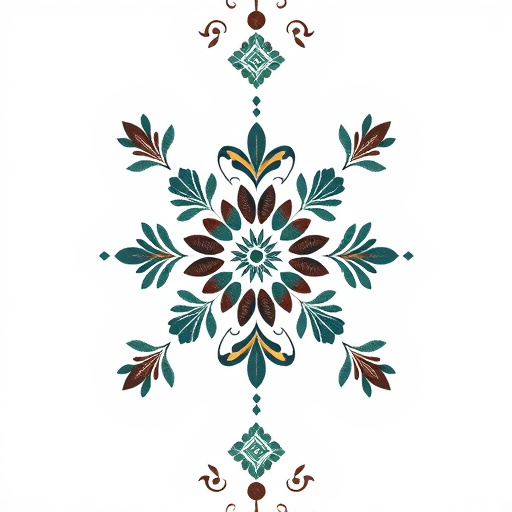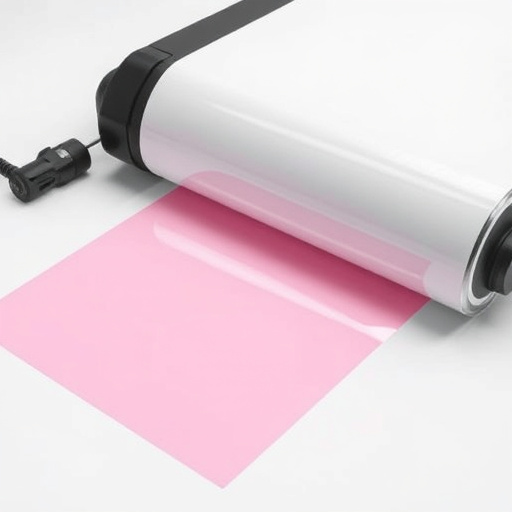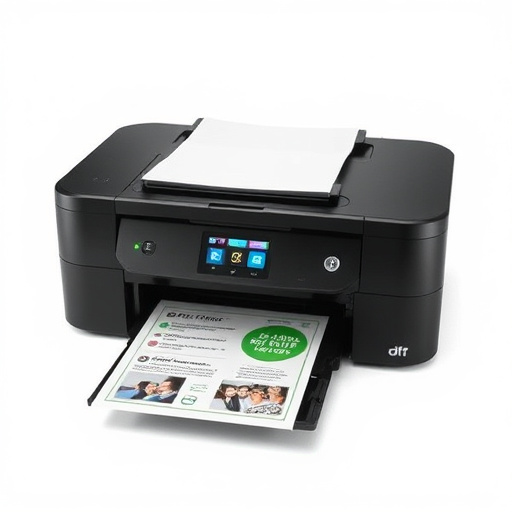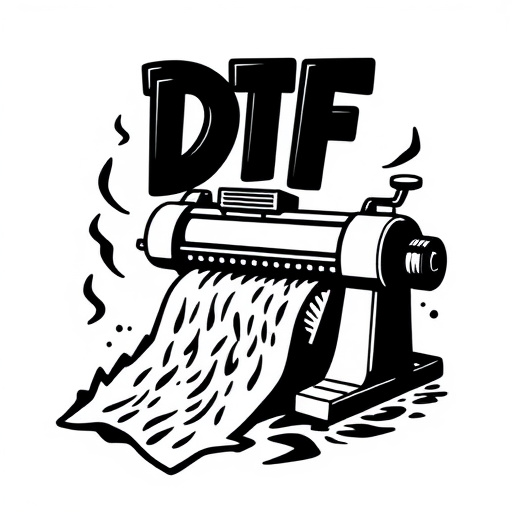Understanding and proactively addressing DTF printer issues is key to efficient custom design creation. Early recognition of problems like misaligned prints, uneven heat distribution, or paper jams saves time and resources. Regular maintenance, proper setup, firmware updates, and adherence to manufacturer guidelines significantly minimize these issues. This comprehensive guide offers troubleshooting tools, basic checks (e.g., driver updates, print head cleaning), material settings adjustments based on fabric types, and storage best practices to ensure optimal DTF print quality and smooth operations. Consult the printer manual or seek technical assistance if initial steps fail to resolve issues.
Uncovering and fixing common DTF printer issues can be a hassle, but with the right knowledge, it doesn’t have to be. This comprehensive guide tackles understanding and resolving typical DTF printer problems head-on. From misalignments causing blurry prints to ink clots disrupting flow, we break down easy-to-follow troubleshooting steps for each. Learn preventive measures too, ensuring your DTF printer operates smoothly, delivering crisp, accurate results every time.
- Understanding Common DTF Printer Issues
- Step-by-Step Troubleshooting Guide
- Preventive Measures for Seamless Printing
Understanding Common DTF Printer Issues

Understanding Common DTF Printer Issues is a critical first step for any user looking to troubleshoot their direct-to-garment (DTF) printer problems. DTF printers, while powerful tools for creating custom dtf design transfers and dtf heat transfers, are not immune to glitches and errors. These issues can manifest in various forms, from poor print quality on dtf printed shirts to hardware malfunctions that hinder productivity. By familiarizing yourself with these common problems, you gain valuable insights into the potential causes and effective solutions.
Whether it’s a misaligned print, uneven heat distribution, or frequent paper jams, recognizing these symptoms early can save time and resources. Regular maintenance checks, proper setup configurations, and adherence to manufacturer guidelines are key to minimizing such issues. Additionally, staying updated with firmware patches and utilizing troubleshooting tools specific to your DTF printer model can significantly enhance overall performance and ensure smooth operations for your dtf heat transfer projects.
Step-by-Step Troubleshooting Guide
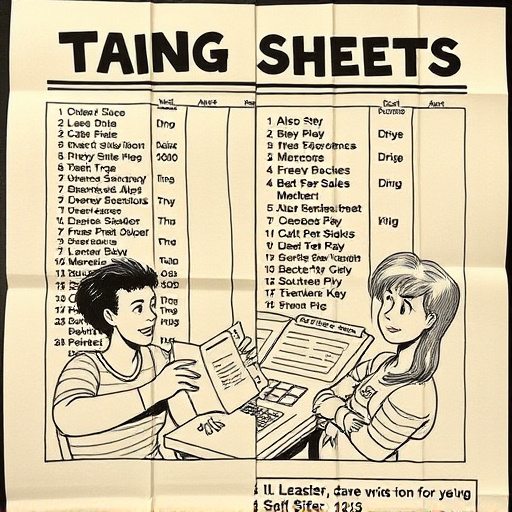
Step-by-Step Troubleshooting Guide for DTF Printer Issues
The first step in troubleshooting any DTF (Direct to Fabric) printer problem is identifying the specific issue afflicting your print quality. Start by checking the basic functionalities—ensure all connections are secure, especially those related to power and ink supplies. Verify that the DTF printer drivers are up-to-date, as outdated drivers can cause compatibility issues leading to poor print outcomes. If you’re dealing with inconsistent or low DTF print quality, try calibrating your printer to ensure accurate color reproduction and registration.
For high quality dtf transfers, pay close attention to the material settings. Different fabrics require distinct settings for optimal printing. Adjusting parameters like temperature, pressure, and application time can significantly impact the final dtf custom orders‘ appearance. Regularly clean the print head to prevent clogging, which can disrupt the ink flow and result in blotchy or missing prints. If issues persist, consult your printer’s manual or seek technical support for a more detailed diagnostic process.
Preventive Measures for Seamless Printing

To ensure a seamless DTF printer experience, preventive measures are crucial. Regular cleaning and maintenance of your DTF printer are essential to keep it in top condition. Start by wiping down the print bed and removing any residual ink or debris after each use. This simple step prevents buildup that could affect print quality. Additionally, using the correct DTF transfer film and following manufacturer guidelines for temperature and pressure settings will yield durable prints.
Proper storage of your DTF printing materials is another key factor. Keep your printer, inks, and films in a cool, dry place to prevent premature drying or degradation. Before storing, ensure all components are completely cooled down to avoid warping or smudging during the next print session. By adopting these preventive measures, you’ll minimize common print issues, enhancing the overall efficiency and longevity of your DTF printing process.
When troubleshooting common DTF printer issues, a systematic approach involving understanding problem roots, adhering to a step-by-step guide, and implementing preventive measures ensures seamless printing. By armed with knowledge of typical DTF printer problems and proactive strategies, users can minimize downtime and maximize print quality, ultimately enhancing their overall experience with these innovative printing technologies.




